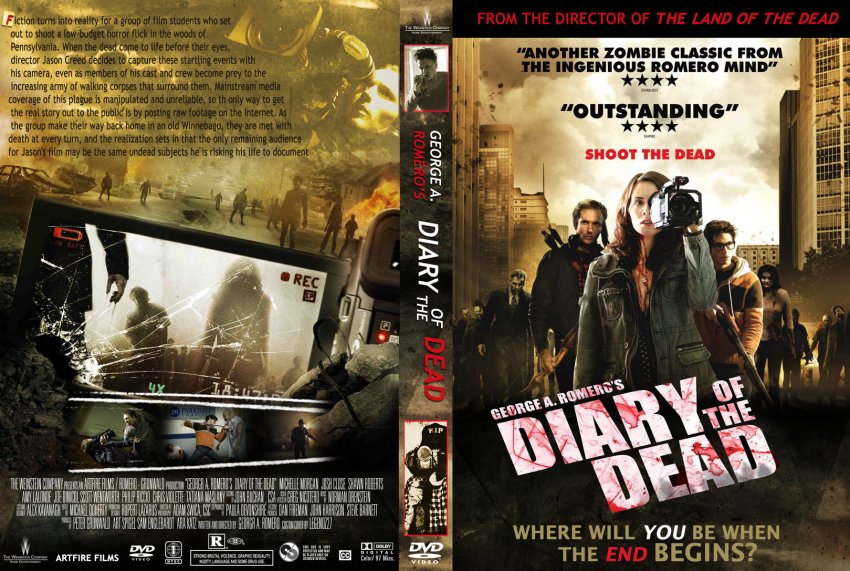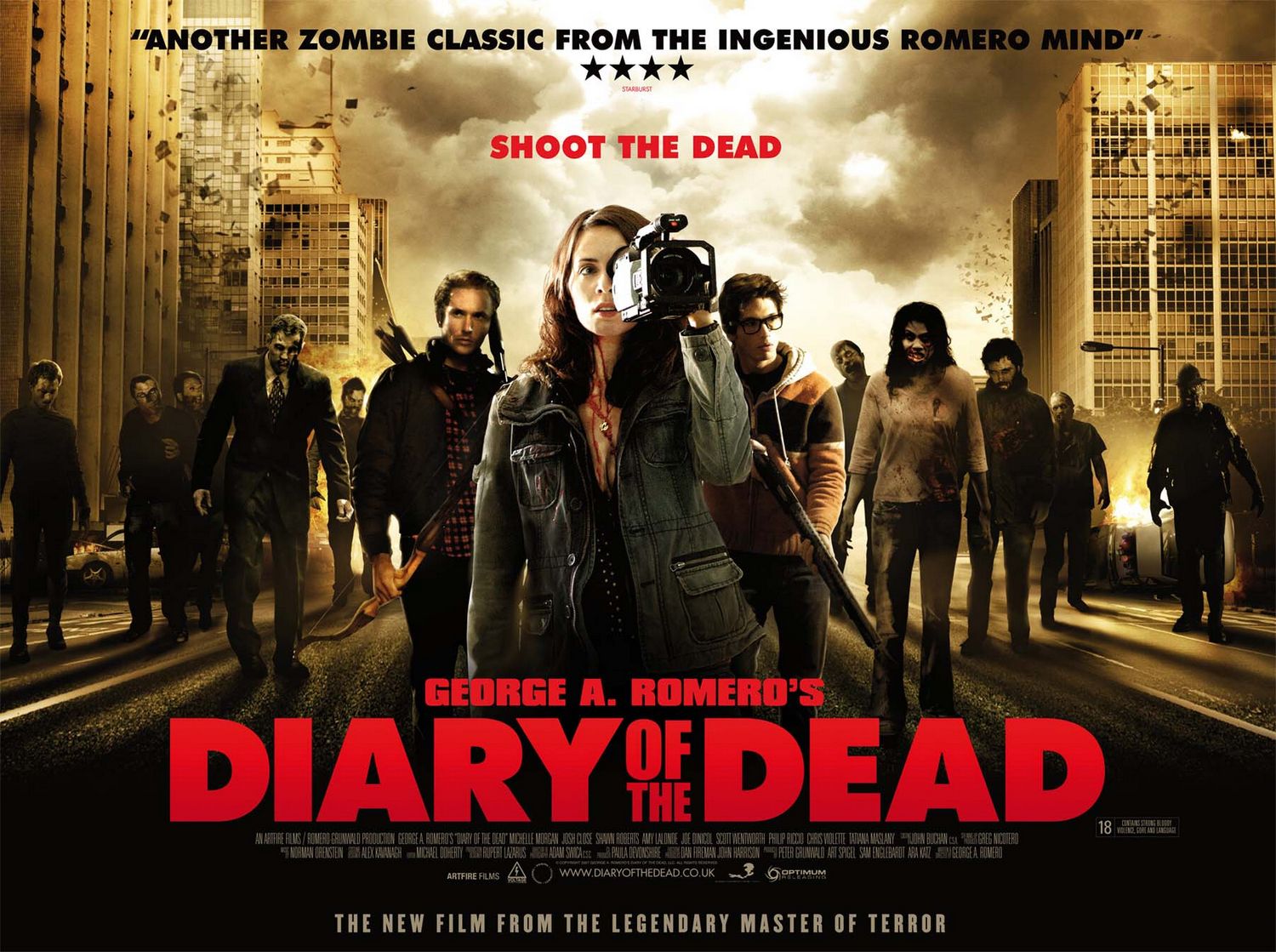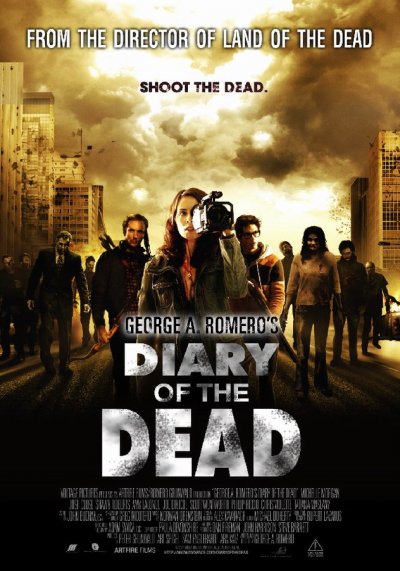
Corporate interests and greedy algorithms may have put a dent in its reputation, but the site was originally envisioned as a place where regular people could share their point of view without fear of corporate oversight. Of course, Romero was also influenced by the rise of YouTube, one of the most revolutionary media platforms of all time. And who better to fight for the truth than a rag-tag band of naïve film students? In this chaotic environment, Romero figured that it was up to common folk to rise up and help untangle what he called a “media octopus”. Communication empires were starting to fracture under their own weight and online social bubbles were rapidly expanding. By the mid-2000s, it was obvious that media as a whole was changing, and so was our way of consuming it. While the cultural landscape surrounding Diary of the Dead could not have been any more different than Night of the Living Dead‘s swinging 60s, both movies share a rebellious spirit informed by Romero’s own fears. So, in 2007, George returned to the low-budget guerrilla filmmaking that earned him his stardom, but for different reasons.

While I think the final product stands alongside the original trilogy as an iconic piece of horror fiction, it’s no surprise that Romero decided to tone things down a bit in his next project.
DIARY OF THE DEAD SERIES
Unfortunately, the production of this undead epic was a terrible experience for the director, as he was forced to deal with studio meddling and a series of personal problems behind the scenes. This resulted in a comeback with 2005’s tremendously entertaining post-apocalyptic parable, Land of the Dead. The original Dead trilogy received a satisfying conclusion back in the 80s with Day of the Dead, but the socio-political turmoil of the Bush era ultimately convinced Romero that he had more to say within the Zombie genre. Of course, in order to really appreciate what Romero was going for with Diary of the Dead, we have to look back at the context surrounding this odd little production. Once these young filmmakers embark on an ill-fated road trip, their impromptu documentary slowly reveals less about the zombies and more about the ugly side of human nature, making for a classic Romero picture with copious amounts blood, guts and post-9/11 allegory. That’s why I’d like to talk about one of his most underrated movies, the eerily prescient Found-Footage film, Diary of the Dead.įor those who haven’t seen it, the story follows an ensemble of film students as they document a zombie outbreak, exploring how survivors might share and react to information when society begins to crumble. Romero may be remembered as the father of the modern zombie flick, but he was also an auteur who didn’t mind reinventing himself in order to keep his stories relevant.

While this change may have been gradual, there was one filmmaker who lived through the evolution of modern media and felt this cultural shift coming.


What was once considered “emerging media” has taken over the world, with live-tweeting and amateur phone footage mostly replacing newspapers and television crews. When Gil Scott-Heron claimed that the revolution would not be televised, I don’t think he was referring to the dystopic future of 2021, but he wasn’t that far off.


 0 kommentar(er)
0 kommentar(er)
